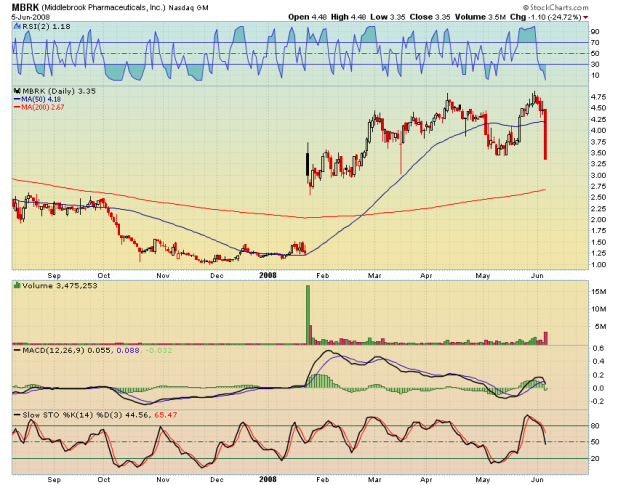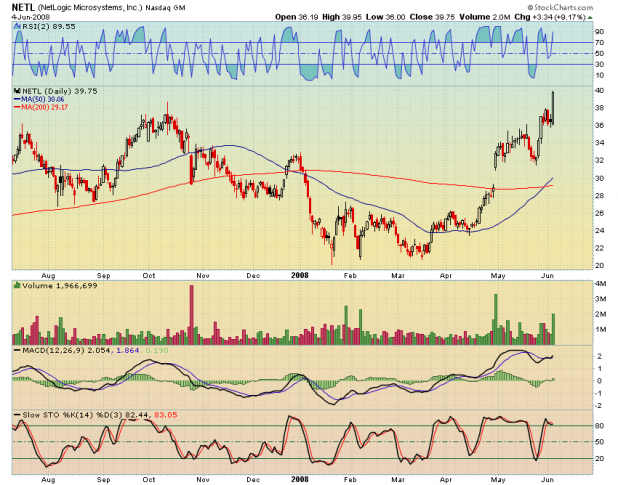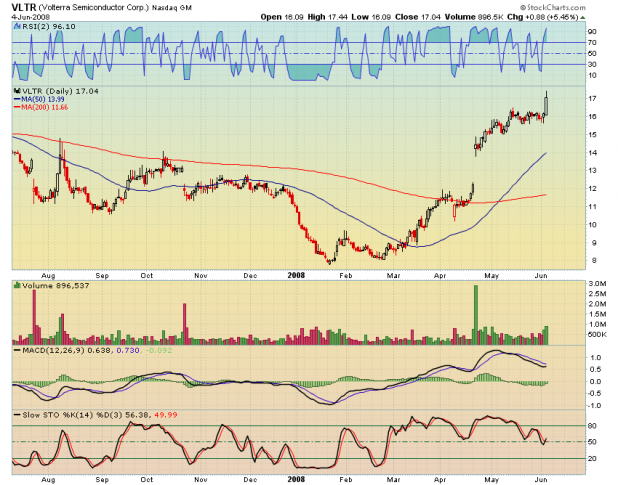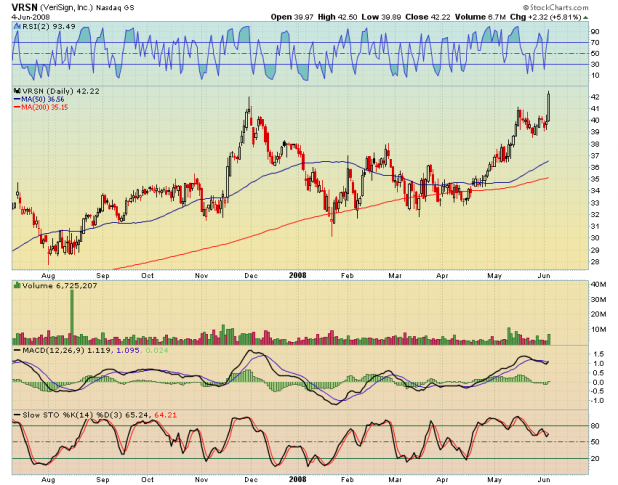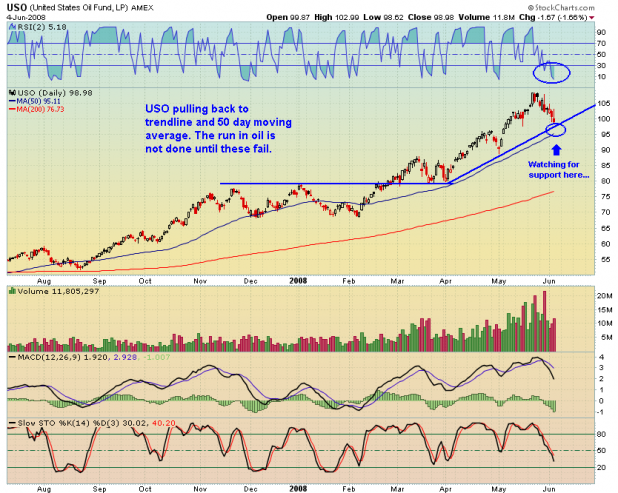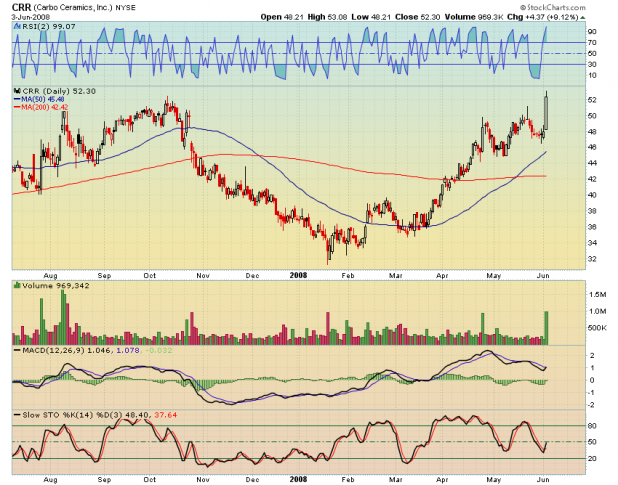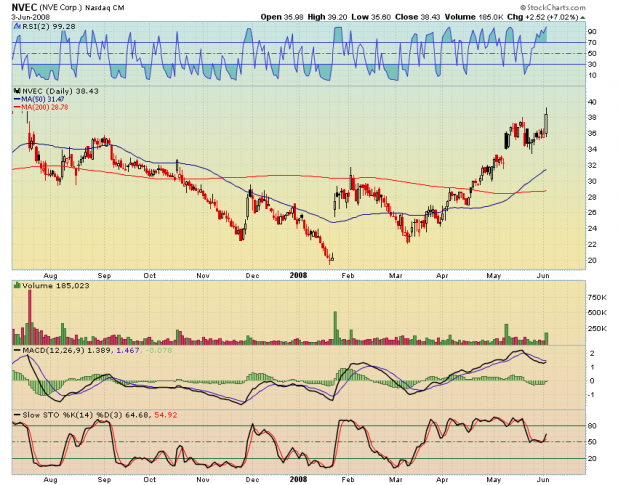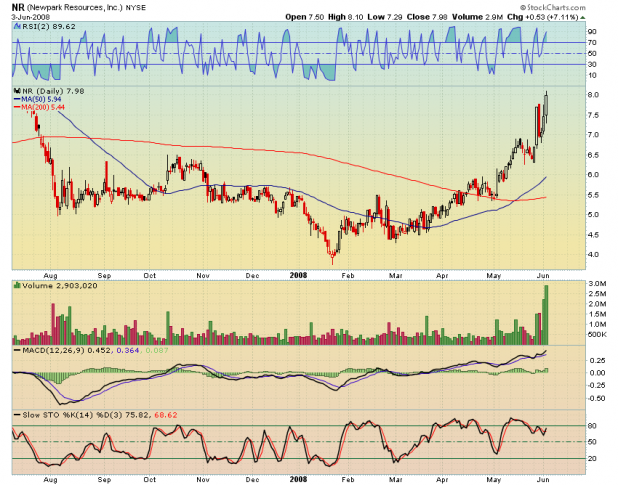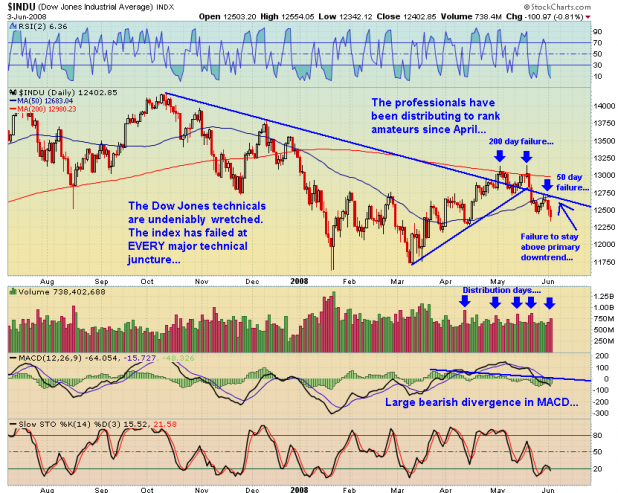
I’m finding it somewhat amusing and yet a tad aggravating that people choose to argue semantics (is it a Bear Market?) while professionals are obviously distributing stock to rank amateurs. We’ll deal with the semantics first and the distribution second.
From Investopedia: Bear Market- A market condition in which the prices of securities are falling or are expected to fall. Although figures can vary, a downturn of 15-20% or more in multiple indexes (Dow or S&P 500) is considered an entry into a bear market.
From Wikipedia: Bear market
What we can learn from the above links is that there really is no generally accepted definition of a bear market. Now that we can put those semantics behind us, I think we can all agree that the following characteristics give us clues that there is distribution.
1. Dow Jones is beneath its 50 and 200 day averages.
2. Dow Jones failed a double bottom breakout and is back within a base or trading range.
3. Dow Jones failed to stay above its primary downtrend line, which started in October, 2007.
4. All high volume days since April have been sell-offs.Â
5. MACD has been negative for almost a month.
What should we learn from this, and the chart above? The basic assumption we should make is that a majority of market participants are expecting lower prices in the future than today’s prices. Forget about the pundits and a 2nd half of the year recovery. Forget about the Dow Jones components having “international exposure.” All you need to know is that many money managers, most likely smarter than me and you, are selling, and have been selling for well over a month.
Rant On
I’ve suffered through multiple displays of idiocy as many pundits have remarked about the failure of technical analysis during this period. They are complete morons. Please, if you encounter this crap, run as fast as you can away from them. The only thing that has failed is their ability to profit during a difficult market environment.
Clearly, from the chart above, technical analysis has not failed. That particular chart should be an advertisement for technical analysis. The Dow Jones has tested almost every basic technical element: moving averages, trendlines, and support/resistance. The response of the index to these technical elements has been textbook. When support has held, the index moves up. When a test fails, the index has moved down.
Rant Off
Now that we’ve established that there is distribution, that the market is still in a down trend, and that technical analysis has been a great tool for gauging market health, what is our take-away? I think it is obvious: The market will test its March lows. You might ask why I feel so certain of this. I think it is very simple: The market has been moving down for 9 months. With the exception of the Nasdaq 100 (which will roll over again too), there are absolutely no signs of the decline stopping. Therefore, the market will eventually reach its March lows.
Some may choose to wish and hope their way out of this decline They can make 100 excuses as to why the market shouldn’t be going down or why it will soon stop going down. They are disillusioned, and are ignoring the obvious peril evident in the technicals.
Comments »

